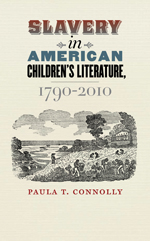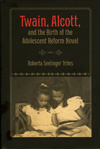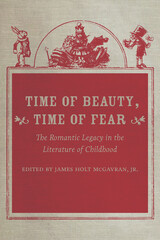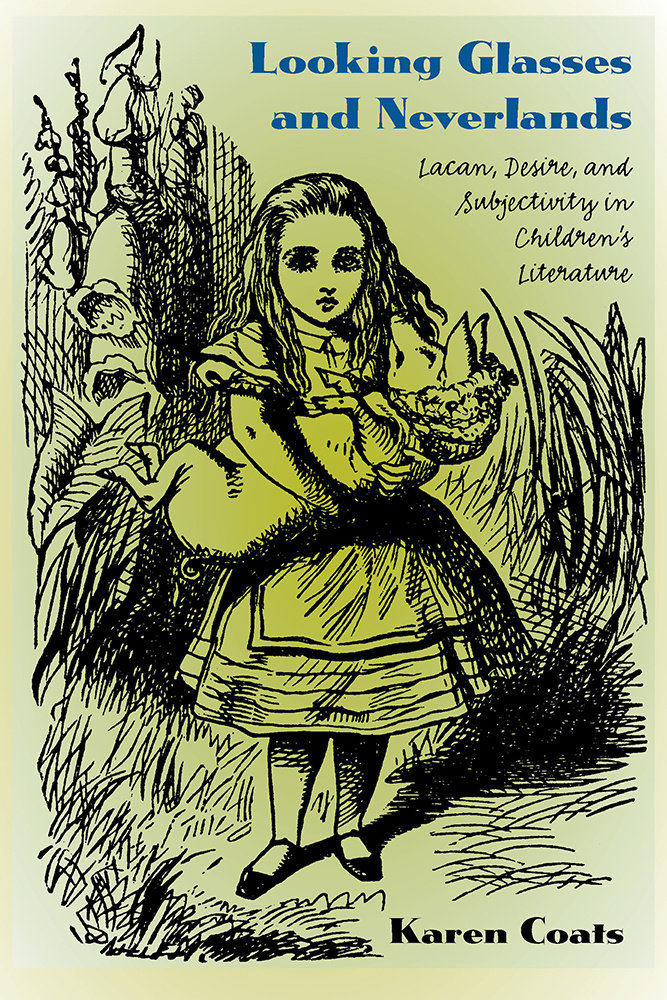Long seen by writers as a vital political force of the nation, children’s literature has been an important means not only of mythologizing a certain racialized past but also, because of its intended audience, of promoting a specific racialized future. Stories about slavery for children have served as primers for racial socialization. This first comprehensive study of slavery in children’s literature, Slavery in American Children’s Literature, 1790–2010, also historicizes the ways generations of authors have drawn upon antebellum literature in their own re-creations of slavery. It examines well-known, canonical works alongside others that have ostensibly disappeared from contemporary cultural knowledge but have nonetheless both affected and reflected the American social consciousness in the creation of racialized images.
Beginning with abolitionist and proslavery views in antebellum children’s literature, Connolly examines how successive generations reshaped the genres of the slave narrative, abolitionist texts, and plantation novels to reflect the changing contexts of racial politics in America. From Reconstruction and the end of the nineteenth century, to the early decades of the twentieth century, to the civil rights era, and into the twenty-first century, these antebellum genres have continued to find new life in children’s literature—in, among other forms, neoplantation novels, biographies, pseudoabolitionist adventures, and neo-slave narratives.
As a literary history of how antebellum racial images have been re-created or revised for new generations, Slavery in American Children’s Literature ultimately offers a record of the racial mythmaking of the United States from the nation’s beginning to the present day.
"Connolly has pulled off quite a feat: by examining periodical literature, fiction and nonfiction books, and schoolbooks, and by connecting these to contemporary political events, all filtered through a hierarchy of literary types, she has presented a new view of African American literary and culture history. . . . This is an important book that will inform many audiences, not only for studying children's literature, but also for seeing how racial identity in America was formed."—Children's Literature Association Quarterly
“The book is a tour de force. Slavery in American Children’s Literature is the most comprehensive treatment ever written about slavery in literature for children. . . . As literary history, it is accessible and thorough; as literary criticism, it is perceptive and elegant. Most important, as a contribution to American children’s studies, it offers significant analytical insights into how childhood has been used ideologically for centuries to construct race as a function of national identity.”—Roberta Seelinger Trites, author, Twain, Alcott, and the Birth of the Adolescent Reform Novel
“It is no mean feat to cover more than two hundred years of literature in a single book. An analysis of shifting representations of slavery within children’s culture, Connolly’s text dazzles in its scope and insights. Students and scholars of American culture and children’s literature need to know this story.”—Katharine Capshaw Smith, author, Children’s Literature of the Harlem Renaissance



